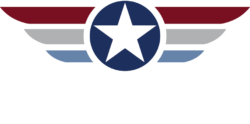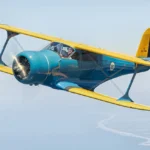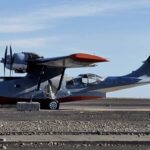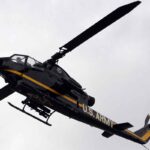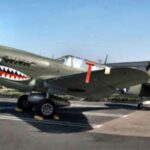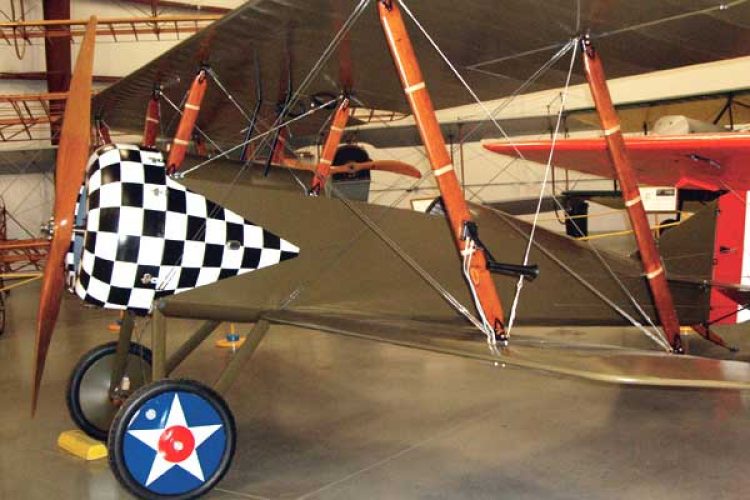
Service History
- Delivered: August 1918
- No service cards survive for this aircraft.
In 1909 the Army purchased its first aircraft “Airplane No.1”, aka the Wright Flyer. By 1914, the military established the aviation section of the U.S. Signal Corps., which in 1926 became the US Army Air Corps. U.S. involvement in WWI was imminent, a U.S. fighter was needed to fill the gap between our early trainers and the front-line fighters at war in Europe. America’s first combat aircraft the “Scout” or “Tommy” was introduced in 1916. With three years less war knowledge, experience, and air inferiority the U.S. entered WWI in 1917, having acquired nearly 250 aircraft and 131of ficers, 83 of them were pilots.
The Tommy had the look and feel of a fighter, it was a trim, single-seat biplane made of wood, fabric and braced by wires. The Scout’s designer, B.D. Thomas, also designed the Curtiss Jenny and influenced fighter aircraft design for the next decade.
The original Gnome rotary engine lacked power and the Scout was relegated to training. The version with the LeRhone rotary engine, which actually spins in the airframe, become so successful that by 1918 orders for over 1,000 new S-4C’s were placed. Also, the most famous version, the S-4C won the “On to Dayton” race in the 1924 and is said to possess an unbelievable fast, tight turn capability.
This S-4C is a movie star, like many used in the filming of “Hell’s Angels”, “Lafayette Escadrille” and “Dawn Patrol”. Acquired by Yanks in 2008, this “Scout” is one of only a few remaining examples.
